Guide To Creating Natural Food Dyes
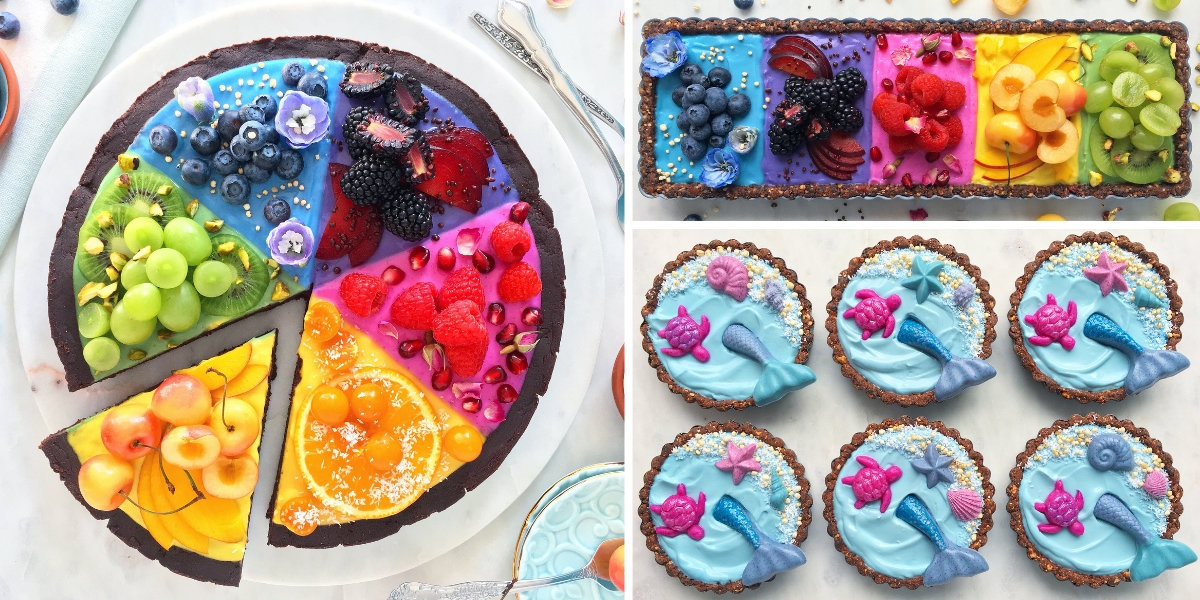
I am the type of person who loves colour. I love wearing bright colours, immersing myself in nature’s bright colours, using natural cookware in vibrant colours, and decorating my non-toxic home with colour. Of course, I love eating a rainbow of colours too – but only the natural hues found in nature. Synthetic food dyes are a no-go for me, but over the years I’ve done some experimenting to create natural food dyes as a colourful replacement.
What Are Food Dyes?
Food dyes are synthetic chemicals used to colour food. They are commonly used in canned, frozen, dried and packaged foods, as the manufacturing process results in a food that is dull and lifeless-looking. Fake colours brighten things up, making canned cherries look more red or dried apricots more orange, for example.
Where You Find Food Dyes
Food dyes are commonly found in:
- Canned fruit
- Candy
- Cookies
- Ready-made icing/frosting
- Crackers
- Bread
- Juice
- Drink mixes (juice, hot chocolate, etc.)
- Gummies
- Ice cream
- Popsicles
- Meat
- Yogurt
- Granola bars
- Cereal
- Salad dressings
- Pickled vegetables
- Potato chips
- Oatmeal
- Pasta
- Canned soup and soup mixes
- Soda
- Cake, cookie and brownie mixes
- Bottled sauces or sauce mixes (e.g. powdered gravy)
- Toothpaste
- Medication
- Mouthwash
- Beauty care products
You’ll also tend to find food dyes in products for kids. One study of 810 common grocery store products found that 43% of items marketed to children contained artificial food colours. The highest percentage of products with food dyes were candies (96.3%), fruit-flavoured snacks (94%) and drink mixes/powders (89.7%). Another study concluded that children were actually consuming more food dyes than previously estimated.
When you combine those synthetic dyes with the copious amounts of sugar in these products, well, that is just a recipe for lifelong health challenges.
Download Your Printable Reference Guide
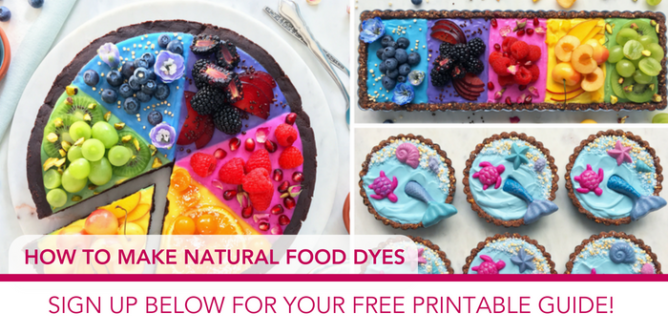
Free Resource Library
Enjoy more than 40 downloadable guides, recipes, and resources.
Recognizing Food Dyes on Labels
How do you recognize food dyes? As with anything else, read those labels. The common artificial colours are:
- FD&C Blue No. 1 (brilliant blue)
- FD&C Blue No. 2 (indigo carmine)
- FD&C Green No. 3 (fast green)
- Orange B (this one isn’t used that often anymore, but isn’t banned)
- Citrus Red No. 2
- FD&C Red No. 3 (erythrosine)
- FD&C Red No. 40 (allura red)
- FD&C Yellow No. 5 (tartrazine)
- FD&C Yellow No. 6 (sunset yellow)
It can get a bit tricky when there are also a wide range of things used to colour food including annatto, caramel and even spirulina. For more information to help with your label sleuthing:
- Summary of Color Additives for Use in the United States in Foods, Drugs, Cosmetics, and Medical Devices
- List of Permitted Colouring Agents in Canada
Health Risks of Artificial Food Colours + Dyes
I delve into food colours in detail in Stop Feeding Kids These 5 Ingredients, but I’ll recap again here.
Here are a few of my concerns about synthetic dyes:
- Food dyes are carcinogenic or potentially carcinogenic and genotoxic.
- Food dyes are linked to hyperactivity. This meta-analysis of 15 clinical trials concluded that food colouring has neurological consequences and while they may not always cause hyperactivity, they certainly exacerbate it.
- Food dyes inhibit the growth and development of tissues in the nervous system.
- Food dyes can cause hypersensitivity reactions, including allergies, food intolerance or asthma.
- The amount of exposure matters. According to this analysis, “Young children may have a higher dietary exposure to chemicals than adults due to a combination of rapid growth rates and distinct food intake patterns.”
How to Create Natural Food Dyes
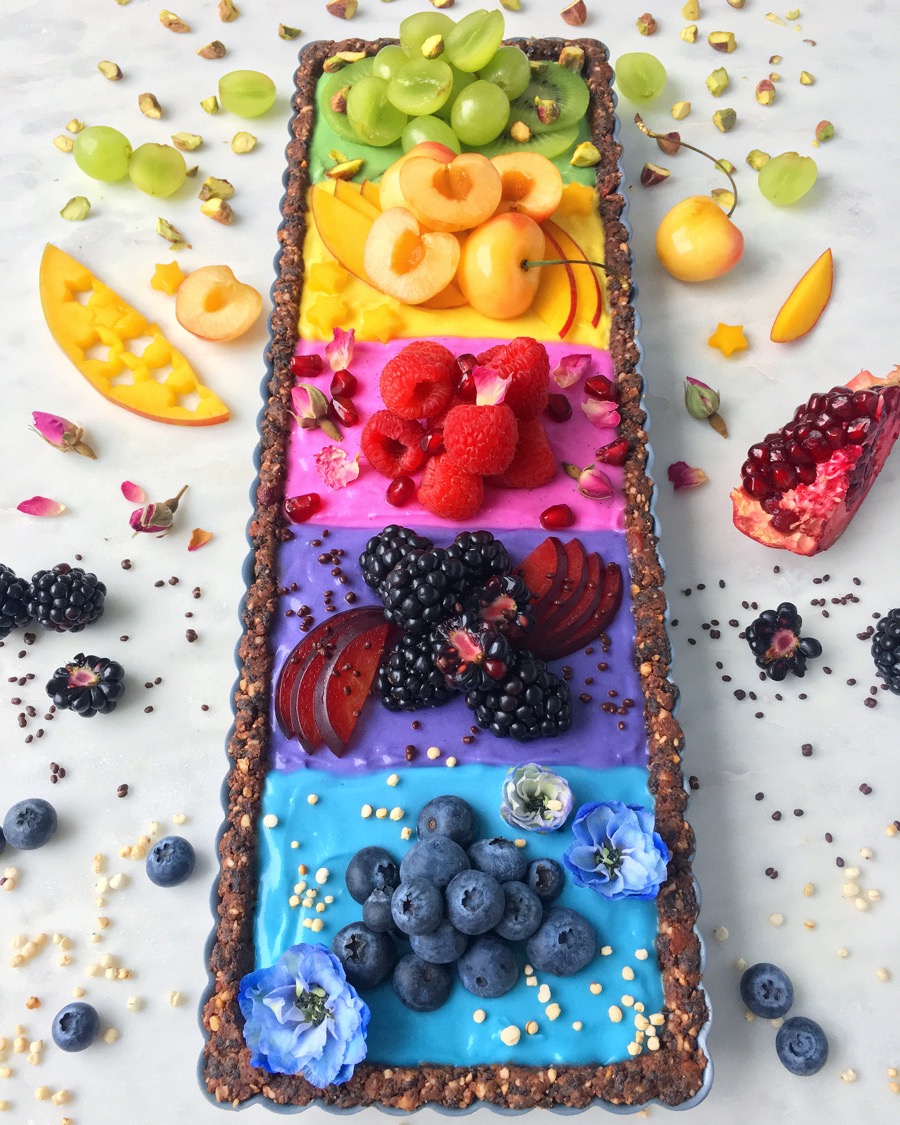
I think, for the most part, when people are looking for natural food dyes it’s because they want to colour their baked goods, icing and treats. When we cook whole foods from scratch, the vibrant colours of kale salads, curries, smoothies, turmeric tea, roasted veggies and the like don’t need adulteration. Still, it’s fun to make some pretty treats! Here is how to create natural food dyes at home.
Notes:
- Many natural food colour options use fruit. You can either use fruit juice, blitz freeze-dried fruit or try puréed fruit.
- Natural food colours aren’t always as vibrant as the synthetic. Often, you’ll end up with pale colours.
- Some natural food colours will affect the flavour/sweetness of what you’re colouring. For example, turmeric is a strong flavour. Start off with a small amount (and a pale colour), especially if you are making treats for children who may have more sensitive palates.
Red
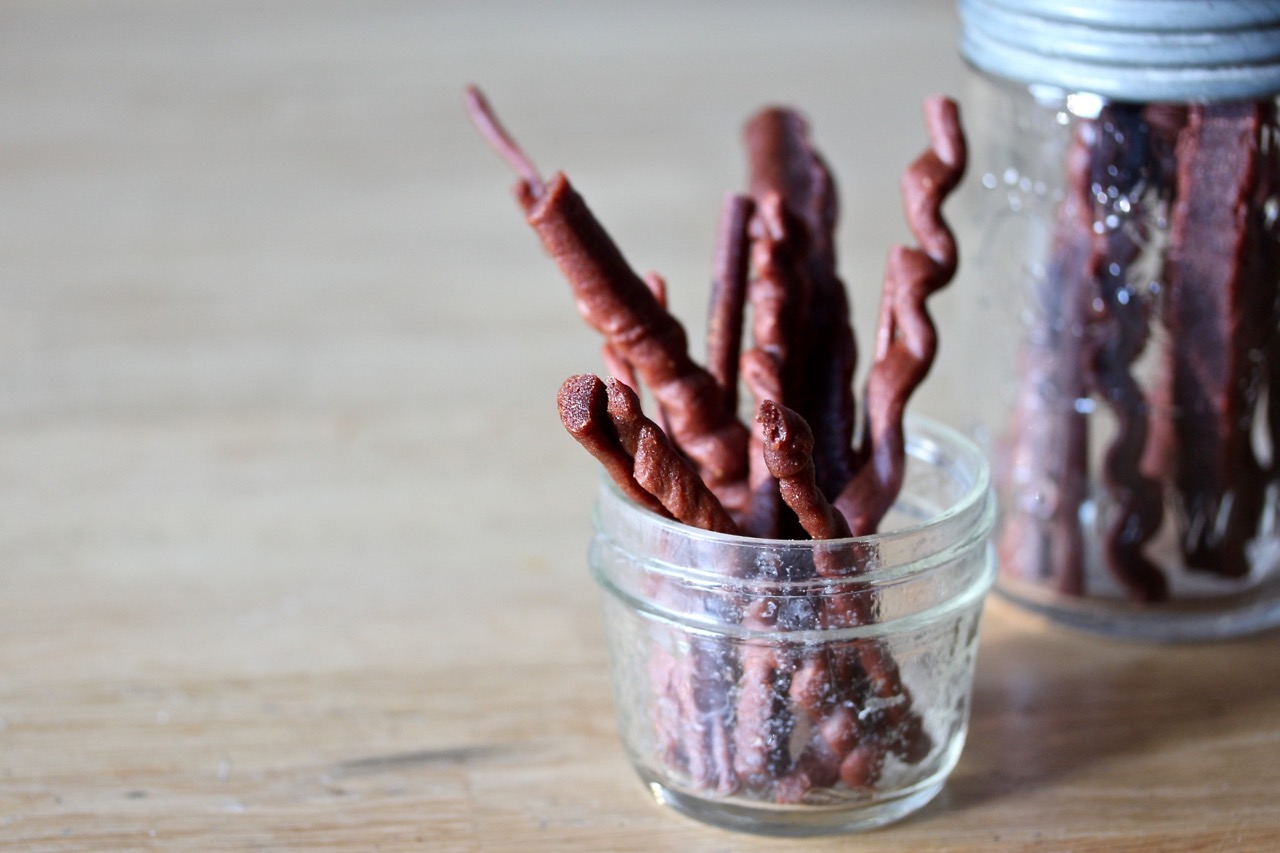
- Red beets
- Cherries
- Strawberry
Blue
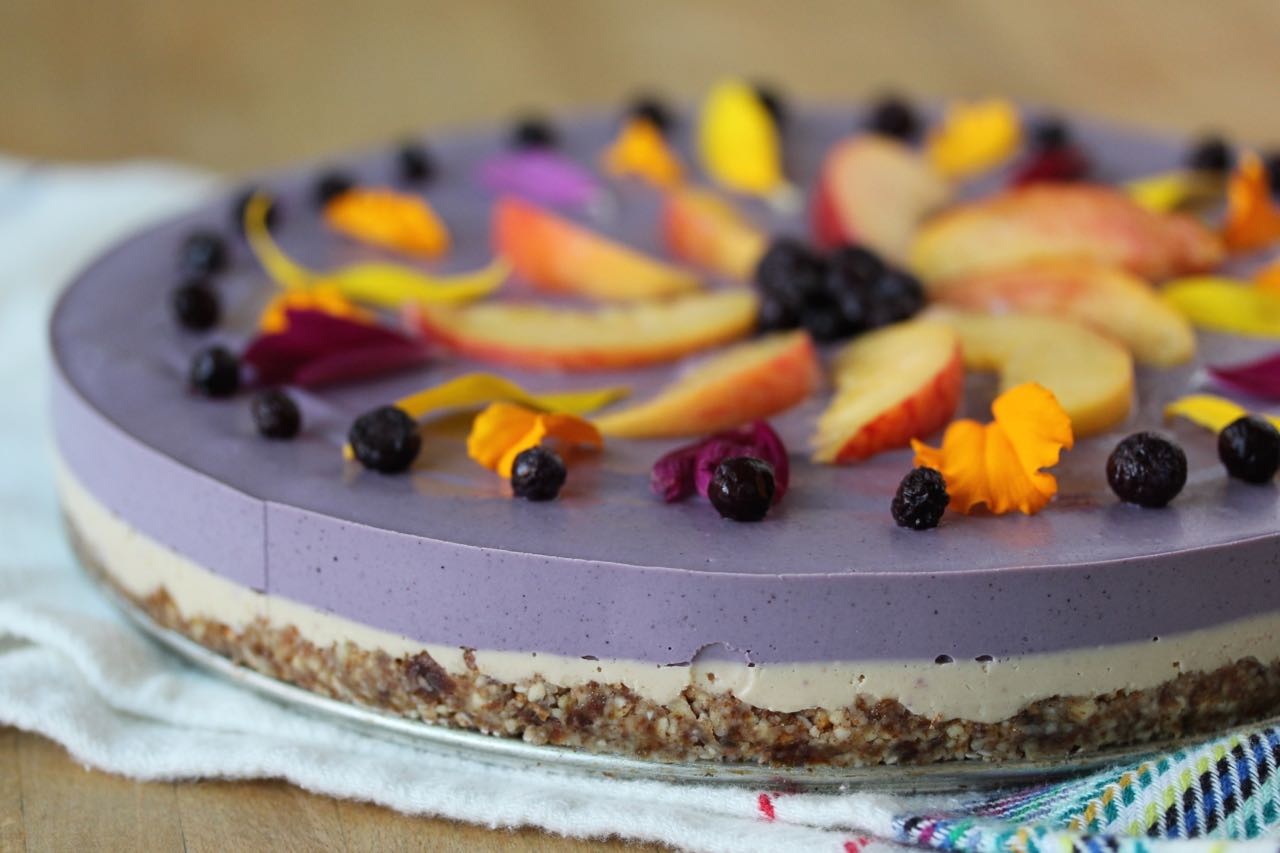
- Blueberries, blueberry juice or freeze-dried blueberries
- Pychocyanin
Green
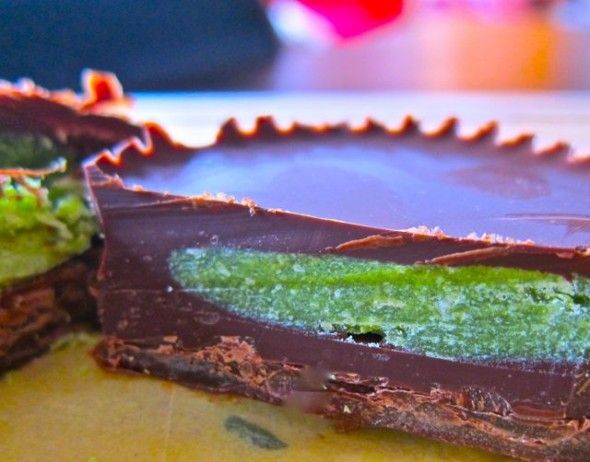
- Chlorella
- Spirulina
- Spinach powder
- Kale juice (or any green juice)
- Wheatgrass juice or powder
- Matcha powder
Yellow/Orange
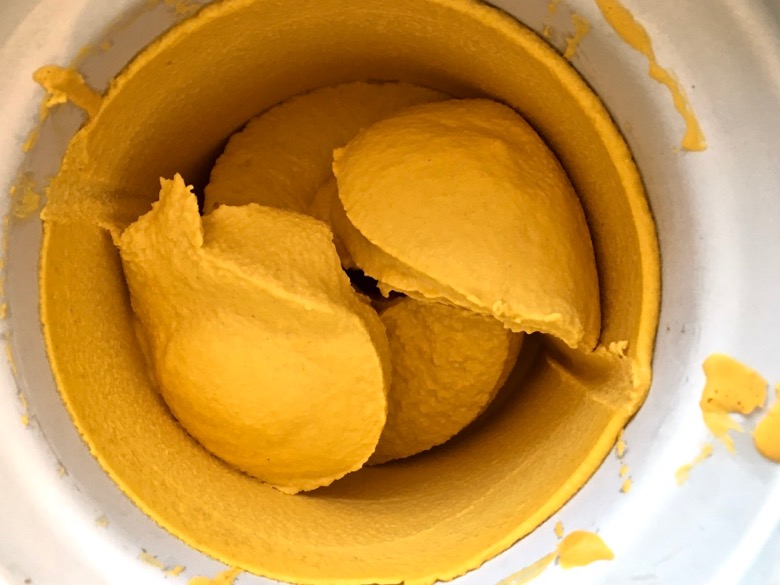
- Turmeric
- Yellow beets
- Saffron
Pink
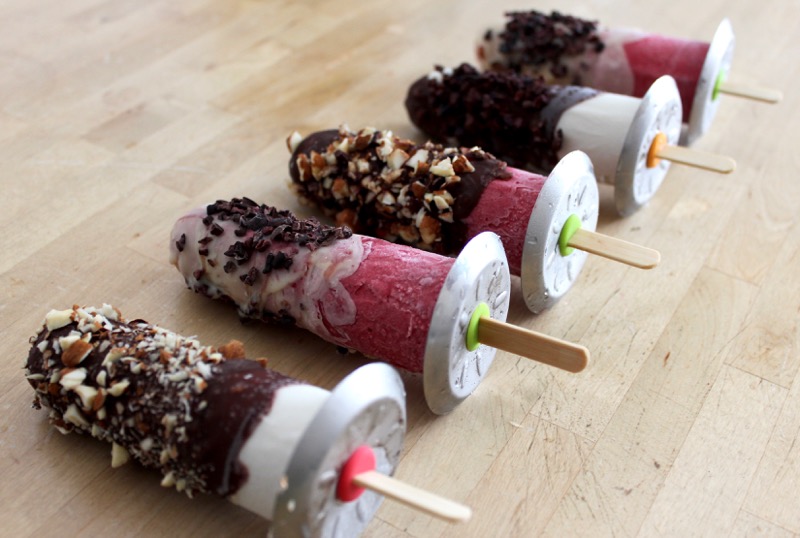
- Puréed raspberries or raspberries
- Freeze-dried raspberries/strawberries
- Dragonfruit
- Blood oranges
- Goji berries
Purple
- Blackberries, blackberry juice or freeze-dried blackberries
- Purple cabbage juice
Black
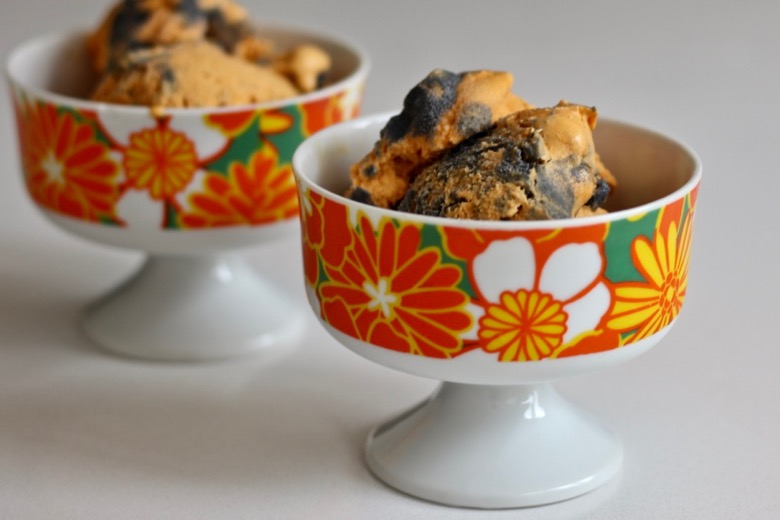
Brown
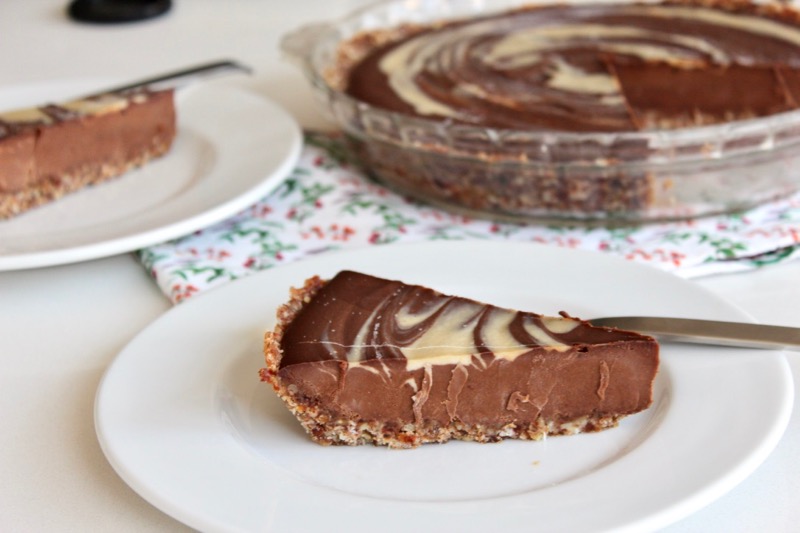
- Cacao powder
- Melted chocolate/chocolate chips
- Dandy blend
- Mushroom powder
- Medjool dates
Download Your Printable Reference Guide

Free Resource Library
Enjoy more than 40 downloadable guides, recipes, and resources.
Naturally Colour-Rich Recipe Inspiration
- Tiger Tail Ice Cream
- Fruit Roll-Ups
- Kefir Ice Cream Pops
- Gluten-Free Liquorice
- Wild Blueberry and Peach Dairy-Free Cheesecake
- Frozen Ice Cream Cake
- Chocolate Cream Pie
- 20 Best Real Food Healthy Frosting Recipes

Curious about the gorgeous photos at the top of this post?
The unicorn delight rainbow food photos used at the top of this post were created by one of my most favourite people to follow on Instagram @scecco_food.for.thought
Free Resource Library
Enjoy more than 40 downloadable guides, recipes, and resources.

























Thanks for these. I am sorted now. I like making cakes now and then,
Thank you Meghan. I loved this post and the guide. I checked out Silvia’ s Instagram page and I see she uses a lot powders to colour . Blue Spirulina, Pink pitaya, butterfly flower tea. wondering how safe those are for children. The main motivation to make colourful food is to make them appealing for little ones. Would you recommend to use this powders for children? many thanks!